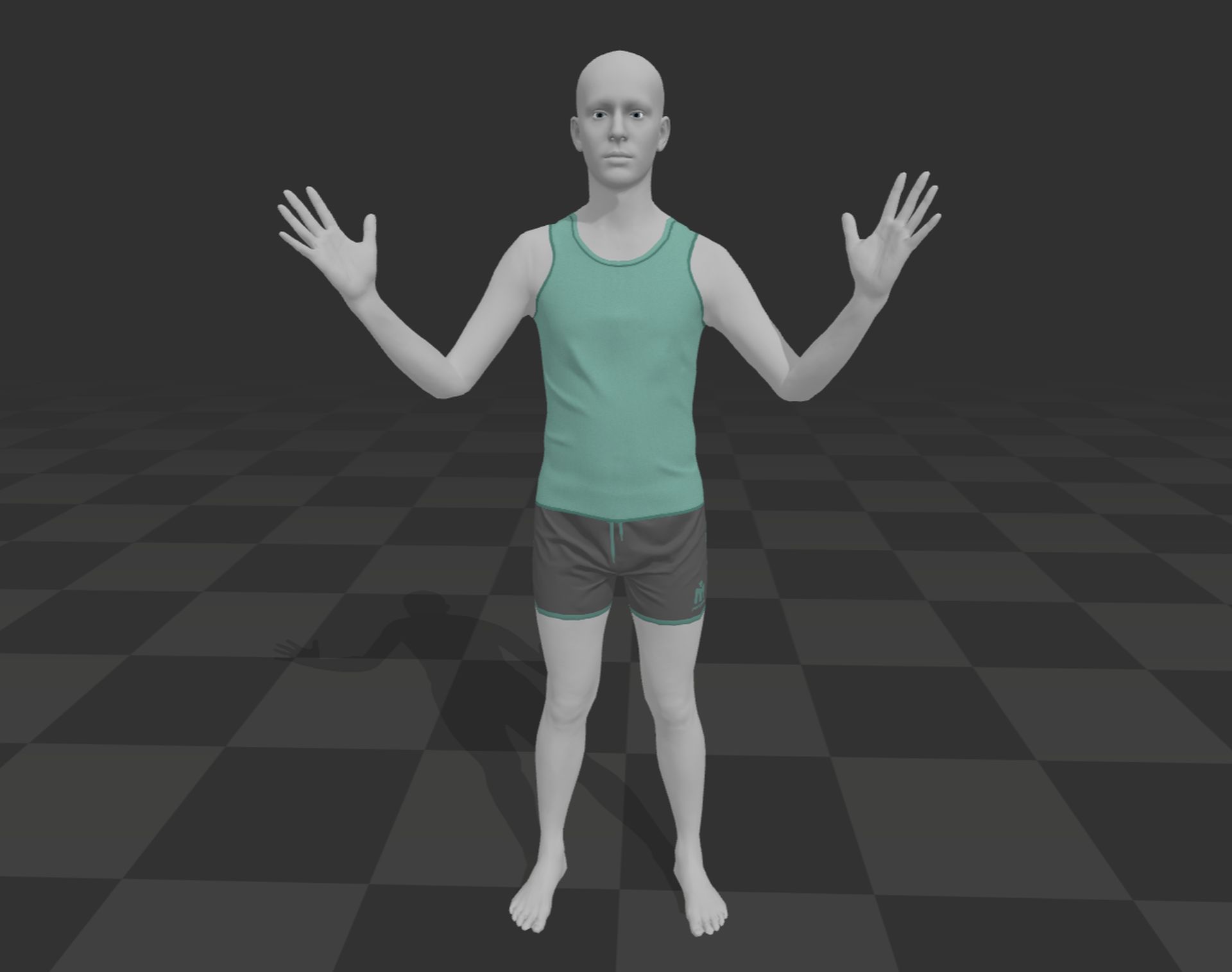Our daily lives depend on grain crops like wheat and barley, and our agricultural achievements depend on our ability to comprehend their phenotypic trait. These crops have awns, which are bristle-like extensions. The awns have multiple functions: protection, seed dispersal, and photosynthesis. Awns have barbs, which are tiny hook-like structures on their surface. Despite their importance is evident, analyzing these small structures has been challenging due to the lack of automated tools.
Consequently, the researchers of Plant Phenomics have introduced BarbNet, a deep-learning model designed specifically for the automated detection and phenotyping of barbs in microscopic images of awns. The researchers trained and validated the model using 348 diverse images representing various awn phenotypes with different barb sizes and densities. For the formulation of BarbNet, the researchers refined the U-net architecture, including modifications such as batch normalization, exclusion of dropout layers, increased kernel size, and adjustments in model depth. Such methodologies enable them to assess numerous characteristics, including barb size, form, orientation, and additional features like glandular structures or pigment distribution.
Previously, scientists have used methods like scanning electron microscopy to visualize awns. Although these techniques worked well, they could have been more efficient for high-throughput analysis. In addition, manually reviewing photos takes a lot of time. So, the researchers tried to formulate a more sophisticated method to comprehend the complicated inheritance patterns involved in the genetic foundation of barb development.
Researchers evaluated the model on various benchmarks and found that while BarbNet demonstrated a 90% accuracy rate in detecting various awn phenotypes, it still has challenges detecting tiny barbs and distinguishing densely packed ones. To overcome these obstacles and raise the precision and adaptability of awn analysis, the research team suggests enlarging the training set and investigating different convolutional neural network (CNN) models. Researchers used binary cross-entropy loss and Dice Coefficient (DC) for training and validating the model. They found that it achieved a validation of 0.91 after 75 epochs.
Further, they did a comparative study between automated segmentation results and manual ground truth data, and the results show that BarbNet has a high degree of concordance of 86% between BarbNet predictions and manual annotations. The researchers also investigated the classification of awn phenotypes based on genotype, concentrating on four main awn phenotypes associated with two genes that regulate the size and density of barbs.
In conclusion, BarbNet can be a significant step in crop research, as it offers powerful tools for the automated analysis of awns. By combining advanced deep learning techniques with genetic and phenotypic investigations, scientists can tackle the complexities of barb formation in grain crops. BarbNet enables quick, precise characterizations of awn and barb properties, promoting quicker discoveries and enhanced breeding programs for higher yields.
Check out the Paper. All credit for this research goes to the researchers of this project. Also, donât forget to join our 33k+ ML SubReddit, 41k+ Facebook Community, Discord Channel, LinkedIn Group, and Email Newsletter, where we share the latest AI research news, cool AI projects, and more.
If you like our work, you will love our newsletter..
Rachit Ranjan is a consulting intern at MarktechPost . He is currently pursuing his B.Tech from Indian Institute of Technology(IIT) Patna . He is actively shaping his career in the field of Artificial Intelligence and Data Science and is passionate and dedicated for exploring these fields.






















